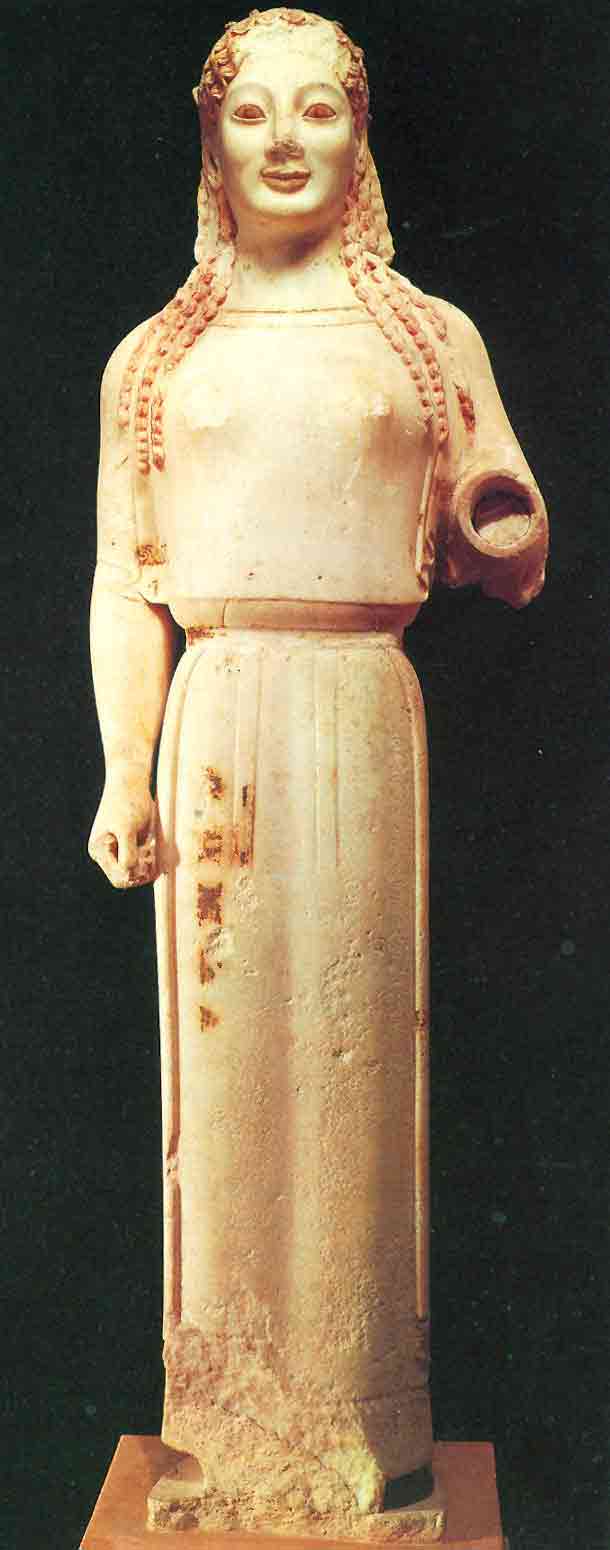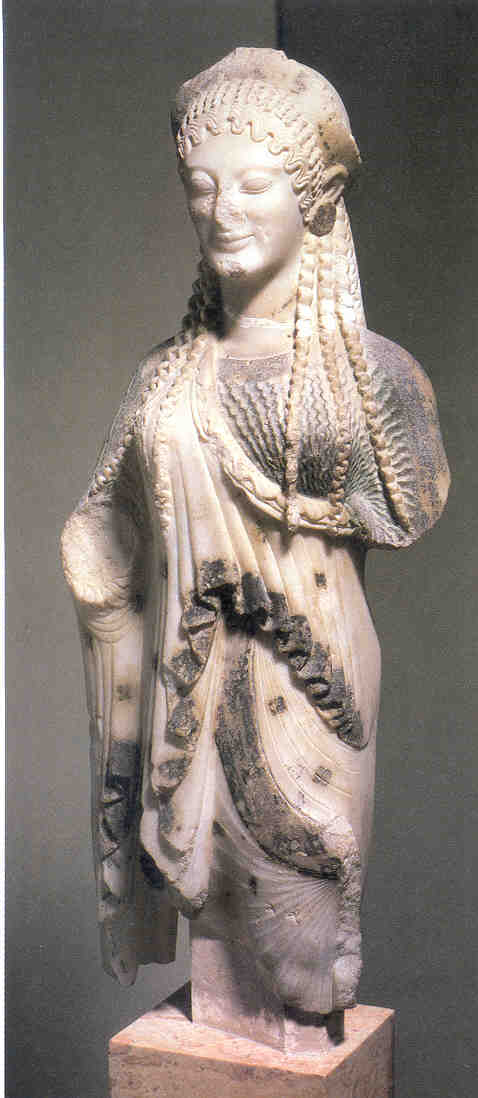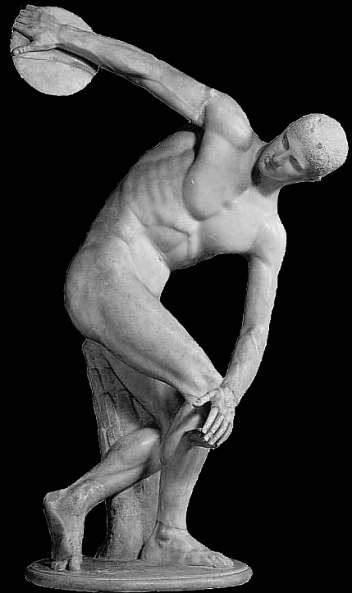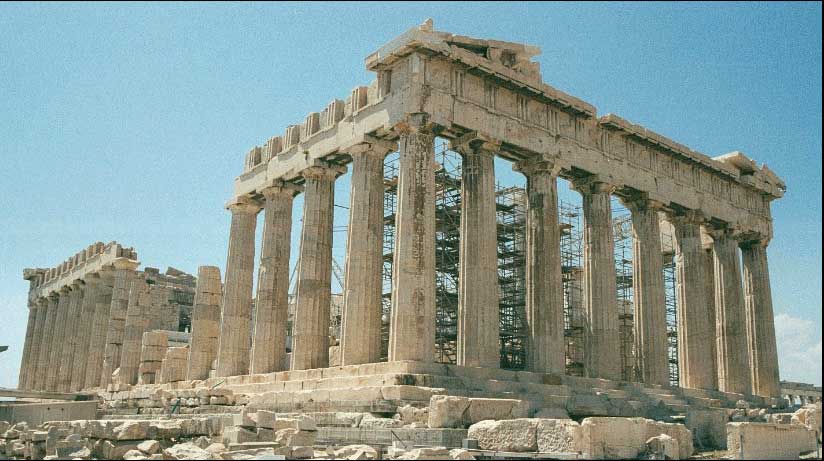Cards In This Set
| Front | Back |
 ? |
Hall of Bulls
- Lascaux, France. 15,000-13,000 BC - Paleolitchic cave painting - Medium: paint, pulverized charcoal and minerals. - The proportions are not exact, they were more concerned with recreating the most characteristic features to gain the complete essence of the image as opposed to reality. Main concern was representing the animal, not locating them to a specific place. - They painted large powerful creatures: possible a pre-hunting ritual so that the hunters could spiritually have a successful hunt . Trying to gain some control over nature |
 ? |
Catal Huyuk
- Turkey, 6000-5700 - During the new stone age, where people became more agrarian and domesticated animals. Cultivated farms, instead of hunting and gathering. - Houses made out of mud bricks -- early model of an urban city. - Houses shared common walls and traveled ontop of the roofs - Every 4 houses share 1 shrine: held clay bull horns - wall murals depict human figures as a composite front and profile views. Aims to explain a narrative of human dominating over animals. |
 ? |
Catal Huyuk Shrine
- Every 4 houses share 1 shrine: held clay bull horns |
 ? |
Ziggurat
- Ur: 2100 BCE - A series of terraces to resemble an artificial mountain. - Outer shell: fire brick & inner shell used mud brick - At the very top was a temple --- Gods are in heaven and when one is at the top of the temple he is at a good meeting place where humans and deities can meet. |
|
Cuneiform
|
- Sumerian art, circa: 2100 BCE
The earliest known writing system that used wedged shaped signs. Made by the Sumerians, specifically created by the priests. - Seen on the statue of Gudea |
 ? |
Kouros ("youth")
- Archaic Period, 600 BCE (Greek art, archaic period) - Adopted the Egpytian pose for standing figures - The first life sized Greek statue - Made of marble - Rigid frontal with the left foot advancing and fists closely to its side - Different from egyptian art: 1) Greeks liberated their figures from the stone blocks. Egyptians were obsessed with permanence whereas the the Greeks were interested in motion. 2) Kouros is nude. The greek youths are formally indistinguishable from the Greek statues of their deities. - The sculpture's features show the working method of the making of independent features on all four sides of the block of marble. It is not just two demensional. - Suggests the the reproduction of rounded flesh and muscle of the human body |
 ? |
Kroisos
- Circa 530 BCE (Greek art, Archaic period) - Statue is a grave marker to commemorate the life of man named Kroisos. - Stance is similar to the early kouros, but there is an increased naturalism in its proportions, more rounded face, torso, and limbs - Kroisos is smiling- the archaic greek indication of life - Hair is not stiff, but falls naturally on his back - Face is now proportional to its body - Kept the natural color of the stone to represent flesh, but painted the lips, hair, and drapery in encaustic (pigment mixed with hot wax that was applied to the statue) |
 ? |
Peplos Kore (not important)
- Greek archaic era, circa 530 - Wears a peplos - a simple long woolen belt that gives the female figure her columnar appearance. - Her missing arm is extended forward, differing from the strick compressed limbs of the egyptians - She once held in her hand an attribute that would had signified that she is a maiden or, some have suggested, a goddess. |
 ? |
Kore from Chios
- Archaic art from Greece - circa 510 GET MORE INFO |
 ? |
Poseidon/Zeus
- 470-450 BCE of the Greek Classical period - Made of bronze GET MORE INFO |
 ? |
Discobolos (Disk-thrower) by Myron
- Greek archaic period, circa 450 - Made of marble a represents athletic sculpture GET MORE INFO |
 ? |
Doryphoros (the spear bearer) by Polykleitos
- Greek [high] classical art era, 450-440 - Polykeitos aimed to portray the perfect man: imposed order on human movement and a system of cross balance for all parts of the body. - More pronounced contrapposto and further imposed movement to make it more beautiful and to perfect it - The straight hanging arm echos the right stand leg to make a columnar stability needed to anchor the left side's dynamically flexed arms - Head turns to the right while his hips turn to the left - Asymetrical balance and a motion while at rest = harmony of opposites - Polykleitos was influence by Pythagoruas: discovered harmonic chord of the lyre are expressed as ratios of whole numbers. Followers believed in his underlying harmonic proportions cound be found in nature and that beauty resides in harmonious numerical ratios |
 ? |
Athenian Acropolis
- Rebuilt after Persian sack, Classical era, ca. 480 BCE - Destroyed by the Persians and kept as a war monument - Oriented toward the exterior: exterior meant as the backdrop for worship. The aesthetic is represented on the exterior. |
 ? |
Lapis versus the Centaurs (circa 447-438)
- At the metope of the Parthenon - Two figures represented, depicts mythological battle - Represents good versus evil, the civilized Greeks versus the barbarians - Is an allusion to the Greek victory over the Persians - Lapis: has a beautiful, calm face. It is ideal and governed by reason. In contrast the Centaur's face is contorted and twisted with emotion --> is irrational and uncivilized. |
 ? |
Three Goddesses
- Classical Era, ca. 438-432 - Frieze pediments at the front of the temple - Drapery is realistic. Reclined and natural poses. |



